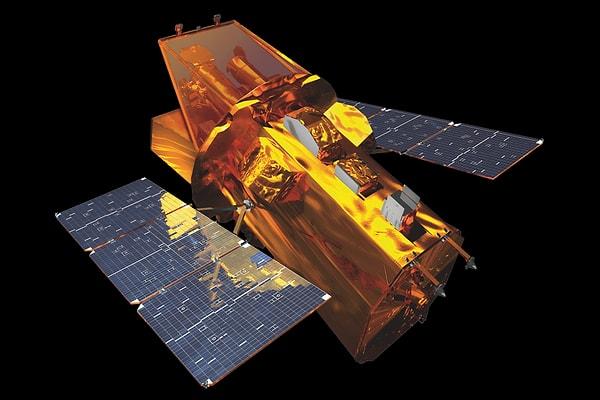Image Captured By IXPE Shows Spectacular Remnants Of Supernova
The National Aeronautics Space Administration just released a mesmerizing photo of what appears to be a cluster of supernova remnants that was captured by one of their observatory telescopes.
NASA has previously released an image of rotating neutron stars that were discovered back in 2016. The supernova had the attributes of a strongly magnetized magnetar, however its deduced spin duration is several thousand times lengthier than in any pulsar ever witnessed, according to NASA in a press release.
The remnants of the supernova captured by the observatory is actually 9,000 light years away from our planet. From the image on the Instagram post shown above, we can observe that the lowest energy of the x-rays from the telescope is bright red, the medium band is green, and the color of the highest energy x-ray is blue. According to the press release, 1E 1613 is the bright blue X-ray source in the center of RCW 103.
On the post’s caption, it reads, 'Our Neil Gehrels Swift Observatory telescope and several other X-ray telescopes observed one of the most extreme rotating neutron stars or pulsars - ever detected in 2016. Swift Observatory helps detect gamma-ray bursts - large gamma radiation pulses which form when a massive star collapses, creating a black hole - using optical, ultraviolet, and X-ray light.'
'This composite image shows the remains of a supernova, around 9,000 light-years from Earth, in three bands of X-ray light detected by @NASAChandraXRay, with low energy X-rays in red, medium in green, and the highest in blue.'
'Image description: Blank space as black as #Midnight is dotted with tiny white stars across the image. A swirling labyrinth of colours of blue, green, yellow, purple, and red makes up the center of the photo surrounding the neutron star in bright blue,' the space agency noted.
The Instagram post blew up shortly after it was posted, and it was barraged with countless likes and comments. A ton of social media users were so mesmerized by the image, that someone in the comment section wrote: 'Space Midnight should be a new colour.' Another user commented, 'I see what you did there NASA!' The third commented, 'This is soooo beautiful. Our universe can be so cinematographic,' a third user commented.

The Neil Gehrels Swift Observatory sensing piqued the interest of astronomers since the source displayed extreme and increasingly rapid fluctuations on a millisecond time frame, comparable to other recognized pulsars. According to NASA, these magnificent magnetars possess the most potent magnetic fields in the whole galaxy, which are bajillion times stronger than the Sun's - and also can flare up with immense amounts of energy.
Keşfet ile ziyaret ettiğin tüm kategorileri tek akışta gör!


Send Comment